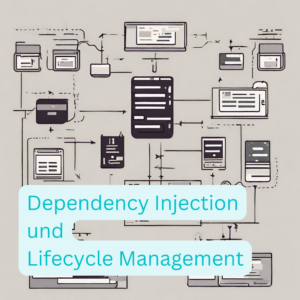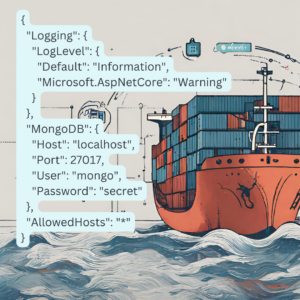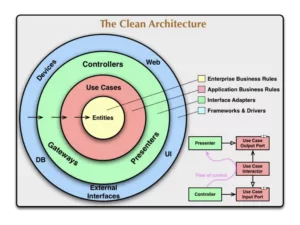
Agile development part 2: Breaking down requirements vertically
The starting point for the "Agile development" contributions is a project called SVG Editor. A new interaction for exporting a graphic as a PDF with a watermark is to be added to this. Figure 1 Figure 2 In the first article, I showed how user stories are broken down vertically into technical requirements, resulting in an interaction with the three









